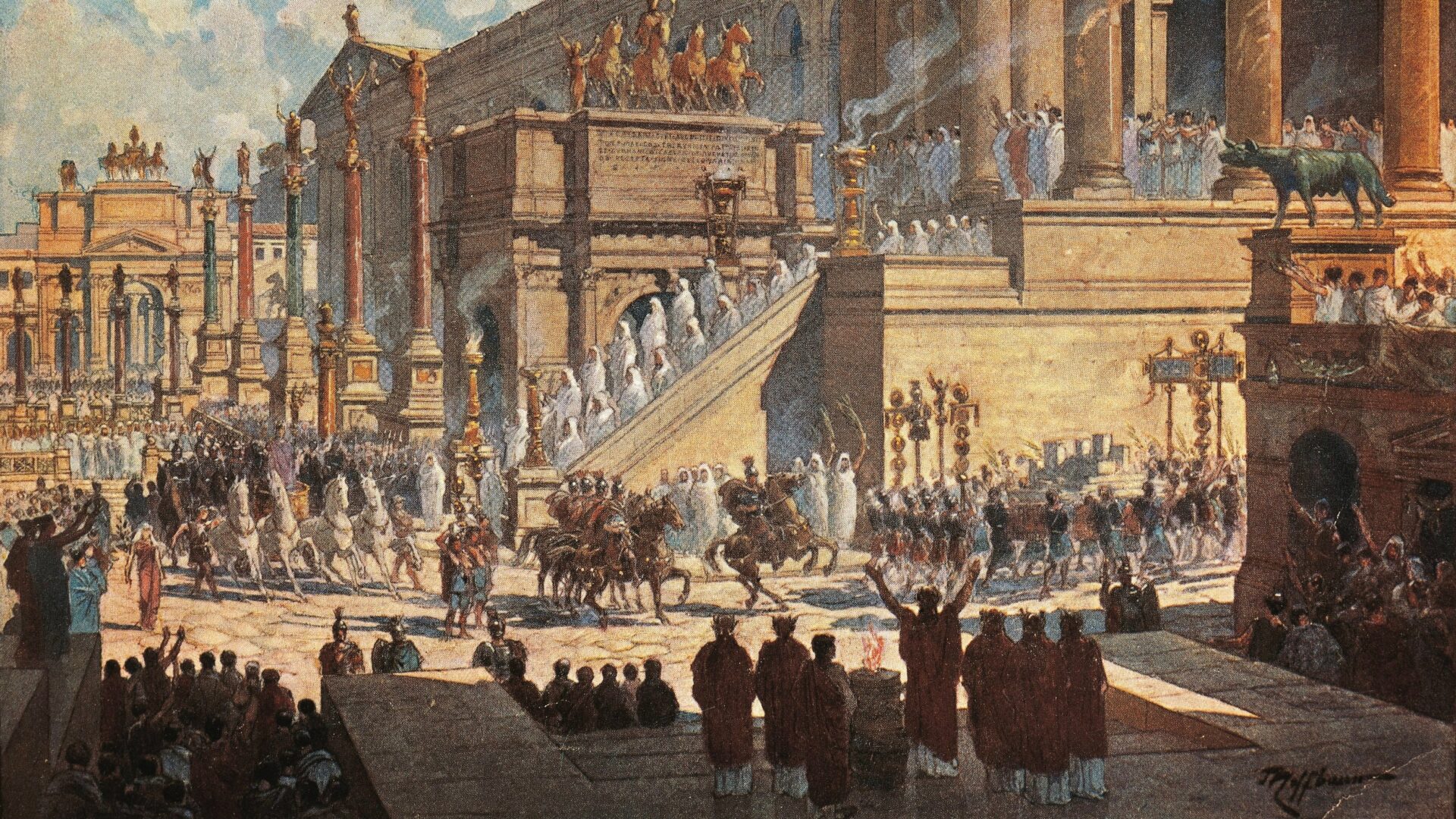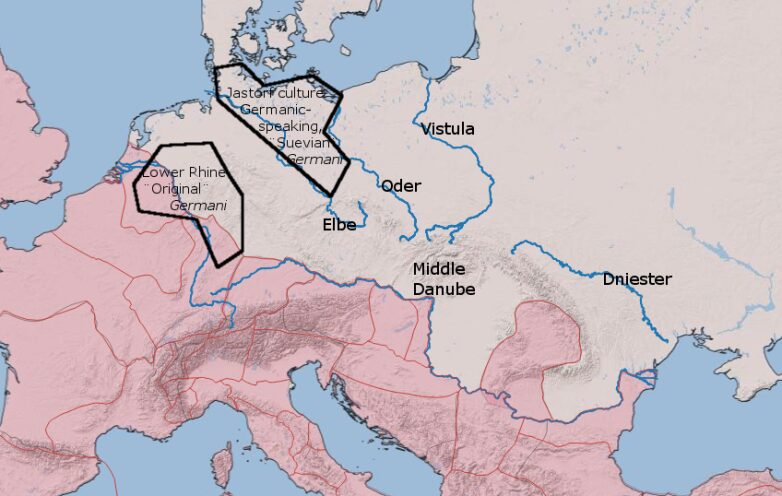Imagining an alternate Roman timeline is an intriguing exercise. In this hypothetical scenario, we explore how a perfect series of events could have influenced Rome’s growth and longevity. The goal is not just to expand Rome’s territory but also to strengthen its internal foundations. Early Roman history already demonstrates Rome’s incredible strategic and military prowess, leading to their dominance over the Mediterranean. The pivotal changes suggested in this exploration focus on refining state-building efforts during the era of the Roman emperors, aiming for a more enduring Roman presence.
Examining the ideal Roman boundaries reveals strategic choices that could provide Rome with better defense and stability. The discussion highlights how certain expansions, such as into Germania up to the Elbe, could offer defensive advantages. Moreover, the transformation of the Roman military system under leaders like Gaius Marius is crucial. While these reforms made Rome’s army stronger and more professional, they also introduced challenges regarding loyalty and power dynamics within the empire. This exploration raises essential questions about how these elements could be managed for a more unified and long-lasting Roman state.
Key Takeaways
- Imagining an alternate Roman history focuses on strategic growth and longevity.
- Ideal boundaries and military reforms are critical to Rome’s hypothetical success.
- Challenges of loyalty and internal unity are central to this scenario.
The Idea of a Different Roman Timeline
Imagine if everything went smoothly for the Romans. This idea explores how Rome might have grown even more powerful. While Rome’s external challenges are often highlighted, internal politics are key to a stronger and longer-lasting empire. The speaker believes that changes in state-building, rather than early military conquests, could have made a bigger difference.
In their early history, Rome proved its strength by conquering much of the Mediterranean. Although some might think of rewriting history to reduce military struggles, these challenges helped build the Roman Republic. For instance, rather than further expanding, maintaining strategic borders such as the Danubian and Rhine could have been more beneficial. This could have prevented costly expansions into hard-to-defend lands like Dacia and avoided the unnecessary effort put into conquering Britannia.
If Rome extended its boundary up to the Elbe River in Germania, several benefits could follow. The river would provide a strategic defensive position, with dense forests slowing down potential invaders. This change could lead to a shorter and more manageable border.
State-building remains a critical area for improvement. Unlike the Han dynasty, which unified Chinese culture through centralized governance, Rome struggled to unify its vast territory. Granting Roman citizenship was one step, but it took too long to include conquered people as full citizens, limiting the spread of Roman culture.
Another area needing attention is the Roman military system. Gaius Marius transformed the army by allowing all social classes to serve, making military positions more accessible. Previously, only wealthy Romans could participate due to costs. The reforms led to a more robust and professional army, but with a downside: increased loyalty to generals instead of the state. This shift in loyalty resulted in numerous internal conflicts, as seen with leaders like Sulla and Caesar capitalizing on army allegiance for personal power. Making adjustments to maintain state loyalty could have marked a significant evolution in this alternate Roman world.
Reexamining the Beginnings of Roman History
Rome’s Expansion and Fortunate Occurrences
Rome’s early conquests showcased a mix of advantageous circumstances and fierce determination. The Romans rapidly expanded their territory across the Mediterranean, despite facing formidable adversaries. Their success came about through a combination of strategic skill and favorable events. The initial defeats suffered by Carthage, for example, underline the resilience and fortuitous nature of Roman victories. An alternate history focusing on improved state-building could emphasize this blend of luck and strategic acumen.

The Role of Combat Challenges in Rome’s Development
Military challenges played a crucial part in shaping Rome. Before transformative reforms, the Roman military was a mix of citizen-soldiers corralled during wartime. These campaigns forged a seasoned force, demonstrating that adversity often strengthened Rome. The Marian reforms, where professional soldiers were established and supported by the state, marked a turning point. These changes allowed for a professional army to stand ready at all times, benefiting Rome’s defensive and offensive capabilities. On the flip side, the loyalty dynamics shifted, with soldiers becoming more beholden to their generals than to the Roman state. This shift occasionally led to internal conflicts, showing the complexity and double-edged nature of the reforms.
Evaluating Perfect Roman Frontiers
Danubian Border and Dacia
The Roman Empire, in an ideal scenario, would have stopped at the Danube River in the Balkans. This boundary would help Rome avoid investing in the challenging and hard-to-secure regions of Dacia. By consolidating their lines along this river, the Romans could focus on strengthening their defensive positions, which would have been more manageable and secure.
The Capture of Britannia
The conquest of Britannia was more about prestige than practicality. Occupying this distant island proved costly for the Romans. Redirecting the legions stationed there to Rome’s northern frontier would have been a more efficient use of resources. By doing so, the Romans could bolster their defenses and reduce the strain on their military system.
Germania: From the Rhine to Elbe
The Rhine River acted as a strong defensive line for the Romans, but it wasn’t without faults. Once breached, invaders could potentially threaten the rest of Gaul. Ideally, conquering territory up to the Elbe River would provide Rome with a series of advantages. First, the Elbe could serve as an additional barrier, providing a fallback position if the Rhine was compromised. Additionally, the dense Germanic forests situated between the Rhine and the Elbe would slow down invading forces and act as a natural deterrent. Lastly, the overall length of the frontier would be reduced, allowing for easier management and defense.

Evaluating Roman Nation-Building
Comparing to the Han Empire
The Roman Empire and the Han Dynasty stand out as dominant powers of their time. Both empires established frameworks that heavily influenced their respective regions. The Han Dynasty, along with other Chinese dynasties, cultivated a somewhat unified culture, religion, and administrative system. These factors provided a strong base for future Chinese governments.
In contrast, Rome’s influence did not create a similar long-term unity in Europe. Though the Romans spread their cultural and legal ideas, complete unity never reappeared in the Mediterranean after Rome’s collapse. Initially, conquered Italian regions were not granted Roman citizenship. Only after the Social War did Rome extend citizenship to these territories, proving slow to integrate conquered peoples fully.
The Expansion of Roman Citizenship
Roman citizenship was not automatically granted to conquered peoples and was something that needed to be earned. Over time, Rome expanded citizenship in hopes of spreading Roman identity across the empire. Initially, non-Romans in Italy, called Latini or Socii, had some rights but were not full Roman citizens.
This model changed after several military and social pressures, leading to wider citizenship access. Having a system where Roman citizenship was attainable made it easier for the Roman ideals to reach the far corners of the empire. By allowing more of the population to obtain citizenship, the Romans aimed to foster a shared Roman identity throughout their vast territories.
Changes to the Roman Warfare Structure
Military Innovations by Gaius Marius
Gaius Marius brought major changes to the Roman army around 100 BC. During this time, Rome struggled with the way it managed wars. The army was gathered when needed, pulling from a lottery of Roman male citizens. This method worked when Rome was small, allowing them to replace lost legions. Yet, there were problems. Experienced soldiers often returned home, never to fight again. Only wealthier men could afford the military gear, which caused a class divide. Leadership normally fell to the consuls, Rome’s leaders, who sometimes lacked battle experience.
These issues came to a head for Gaius Marius when he needed to defeat King Jugurtha in Africa. Politics had left him with no legions, and few Romans to recruit. Marius made game-changing reforms. He opened army ranks to everyone. The state, not individuals, supplied weapons. This move let poorer Romans become professional soldiers, earning wages and possibly war spoils. As a result, the army grew larger and more skilled, with standardized weapons and experienced troops. Standing armies were now ready, not just called up during wars.

Effects on Allegiance within Roman Forces
The changes Gaius Marius made to the army also significantly shifted where the troops’ allegiance lay. The leadership and logistics fell to generals, making the army more independent and efficient. Yet, this led to loyalty issues. Soldiers now showed more loyalty to their commanders than to the Roman Senate. This was dangerous, as shown when Sulla marched on Rome, becoming a dictator, the first to forcefully seize power.
Later, Julius Caesar crossed the Rubicon, leading to civil war. After his assassination, another civil war erupted between Octavian and Marc Antony. Despite the positive effects of Marius’ changes, three times army generals used their forces for personal gain, rather than for Rome. Loyalty often leaned toward the general in charge, not the state.
Wrap-Up
The Roman Empire’s territorial reach and administration offer significant insights into its long-term sustainability. During its early years of expansion, Rome conquered vast territories across the Mediterranean, showcasing unmatched military prowess. The struggles and victories shaped the Republic, and any proposed changes to early conquests could undermine these foundational experiences. Rome’s territorial boundaries, such as the Rhine in Germania, are considered crucial for defense. Further expansion to the Elba River, for instance, might have rendered the Roman border more secure, providing strategic defensive advantages.
The inclusion of Romans with the conquered populace in regions such as Italy is noteworthy. Initially, these people were not granted Roman citizenship and were considered outsiders despite enjoying certain rights. Citizenship was not automatically conferred, but it could be attained, reflecting Rome’s gradual approach to integration. Modifications to citizenship could facilitate cultural unity and help spread Roman ideals more effectively throughout the Empire.
Military reforms drastically altered Rome’s capabilities. The reforms introduced by Gaius Marius around 100 BC transformed the military into a more professional and capable force, recruiting soldiers from all social classes and providing state-funded equipment. This shift allowed the army to be permanently ready for battle. However, empowering generals with significant control over troops sometimes led to power struggles, famously resulting in conflicts such as Caesar’s crossing of the Rubicon. This balance of autonomy and loyalty in the military structure played a critical role in Rome’s internal dynamics and conflicts.
